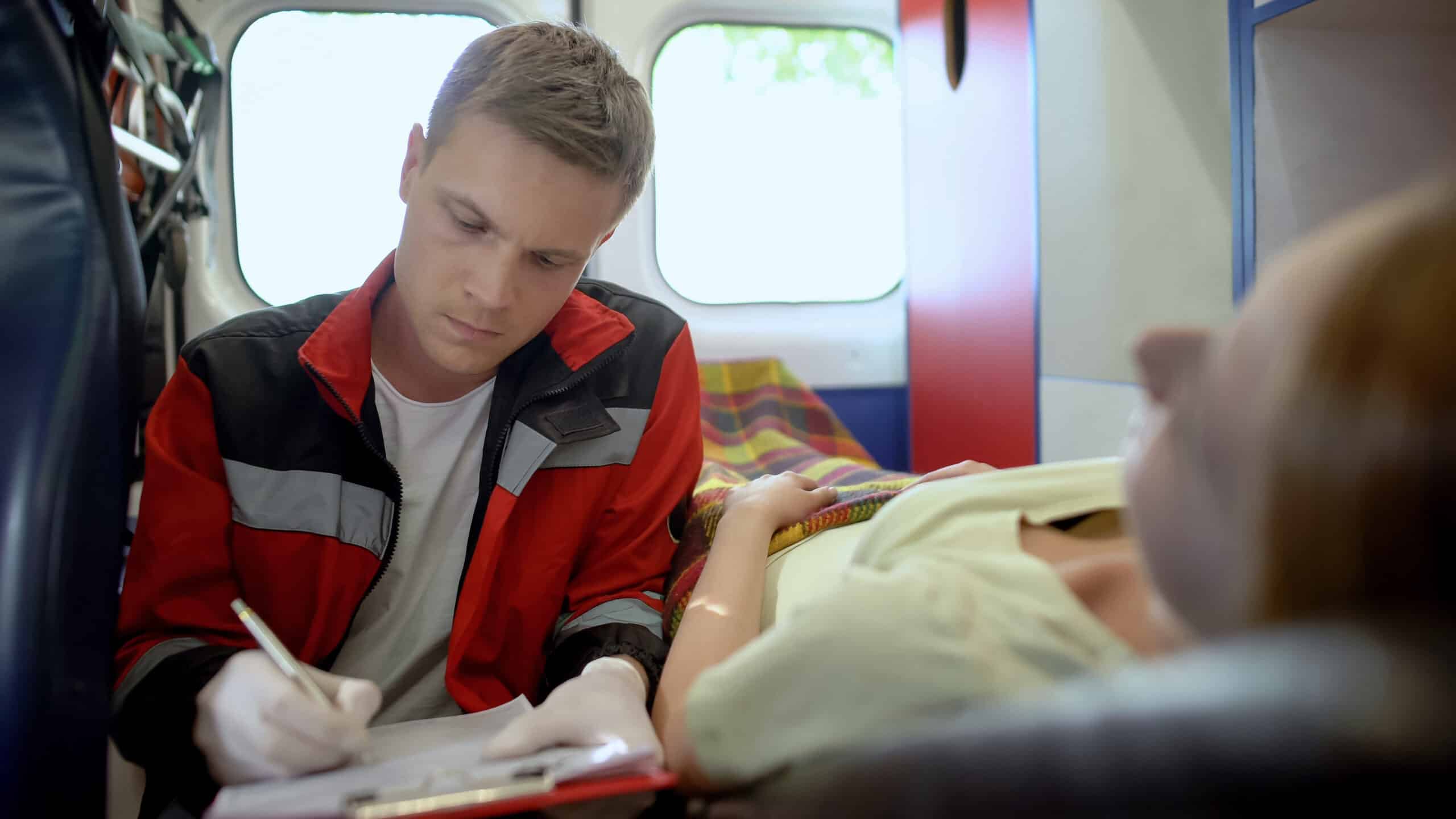


In order to become an EMT, you will need to complete a training program that is approved by the Department of Transportation’s National Highway Traffic Safety Administration. There are both EMT classes online and in person that can help you earn your certification.
The first step is to find an accredited EMT course. Once you have found a program that you are interested in, you will need to complete an application and submit any necessary transcripts or test scores. Once your application has been processed, you will be able to register for classes.
EMT classes online typically take between six and eight weeks to complete. During this time, you will learn about the basics of emergency medical care. This will include topics such as anatomy, physiology, and medical terminology. You will also learn how to assess patients and provide life-saving care.
Once you have completed your EMT classes online, you will need to take the National Emergency Medical Services Certification Examination. This exam is offered by the National Registry of Emergency Medical Technicians. Upon passing this exam, you will be a certified EMT.
Now that you are a certified EMT, you will need to find a job in the field. There are many different places that you can work, such as hospitals, ambulance services, and fire departments. You can also choose to work in a variety of settings, such as urban or rural areas.
What’s the Job Outlook for EMTs?
The Bureau of Labor Statistics predicts that roles for EMTs will grow by 15 percent between 2016 and 2026, which is significantly faster than the average job growth rate in the U.S. (approximately seven percent). This equates to around 37,400 new jobs for EMTs during this time period.
EMTs will be needed more in the future because of both bad things that happen and good things. We hope that there are fewer bad things, but we know that EMTs will still be needed after car accidents, natural disasters, and violence. People are also living longer, so we will need more EMTs for health crises related to old age. The BLS projects that even rural areas will need more EMT services in the future.
There are many ways to become an EMT. You can take online or in-person classes, and then take the National Emergency Medical Services Certification Examination. Once you are certified, you will be able to work in the field of your choice.
EMT FAQ
What are the typical shifts for EMTs?
It’s possible that you’ll have to work evenings or weekends. It depends on where you’re working and the hours involved. The most typical shift is 12 hours (one during the day, one at night), although it isn’t unusual to be asked to stay late owing to a call at the end of your shift. Depending on where you work, the number of calls might vary. A city of a million people with a lot of ambulances may generate fewer calls than an ambulance company with two or three vehicles servicing 10,000 people in a rural area.
What does it look like when an EMT takes a call?
Contrary to popular belief, most EMTs do not spend their entire shift running emergency calls. In fact, many begin their career working on private service trucks that transport nursing home and dialysis patients. Although some EMS providers look down upon this type of work, it is actually a good way to learn the material that isn’t taught in class. Even if you are able to secure a position handling 911 calls, you will more than likely be driving the truck while your partner treats the critical patients. This scenario is especially common in areas where the local fire department employs paramedics on their engines.
What are the most frequently encountered sorts of calls for EMTs on a daily basis?
Similarly to how people are often only interested in the most glamorous parts of a job, many individuals come into EMS expecting constant excitement. However, calls involving lights and sirens make up a tiny percentage of total 911 calls. I used to tell students that 95% of people are attracted by 5% of calls. An easy way to spot someone new to the field or who hasn’t done much despite having significant experience is if they express desires for more “interesting” or “cool” calls. Meanwhile, veterans know that every call presents an opportunity help someone in need. This is where you’ll get several replies ranging from “most gratifying” to “most vexing,” with the latter being my selection. The ones that make someone’s day better are, in my opinion, the most enjoyable for me. In a strict sense, you don’t generally “save a life.”
What are the worst parts of being an EMT? What are the best parts of being an EMT?
The most irritating calls are when individuals request a ride to the hospital in order to use us as a taxi service. They’re known as “frequent flyers.” EMTs, like it or not, aren’t really doing “procedures” in general. It’s essentially more intensive first aid on steroids. The field’s procedures are generally left to paramedics and EMT-Intermediates (in the few locales that still offer these).


